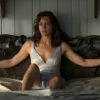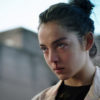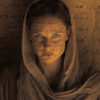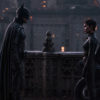Previously I wrote about my favourite film and how different films resonate with people. With the help of my Twitter friends, I was able to show just how wide-ranging people’s tastes are, how various people look at films and how different aspects of film are vital in the viewing experience. One genre which has always stood above for me, in terms of originality and variety, is horror. There are so many exciting sub-genres, and horror can be identified in several ways. As October approaches and film fans delve into their horror watchlists, I thought now would be a good time to go back to some of these Twitter friends of mine and find out what their favourite horror film is and why. This should give us a greater insight into what horror means to different people and highlight how much variety the genre has to offer.
Below I have included those paragraphs from all my fellow film fanatics along with their Twitter handles so you can go follow these legends. But first, let me tell you a bit about my favourite horror film, Alien.
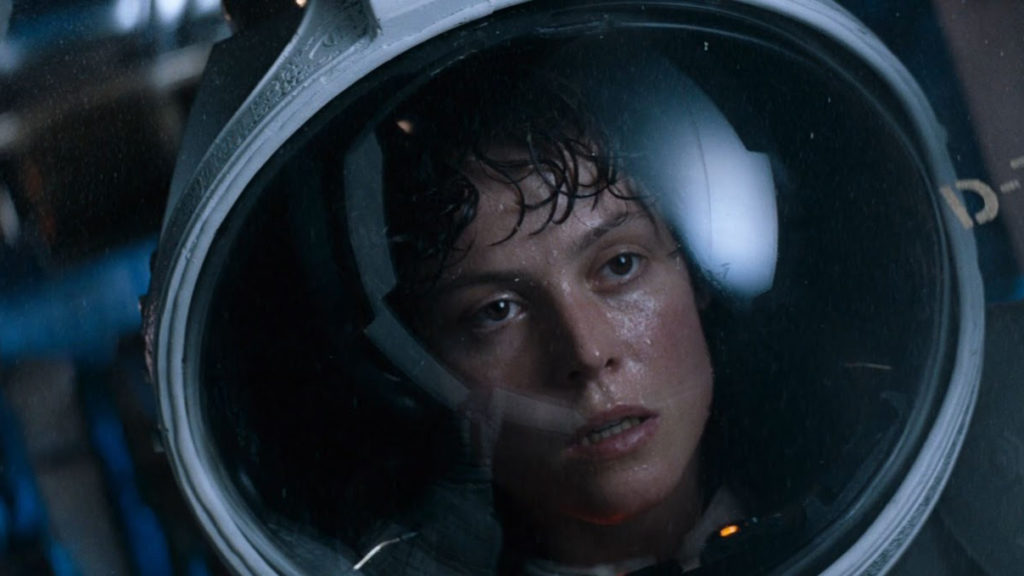
Alien (1979)
The film’s tagline is In space, no one can hear you scream, and from the opening scene, Ridley Scott immediately creates this idea. The suspense that is produced from nothingness and empty space is phenomenal. Every acting performance is outrageously good, with Sigourney Weaver running the show as Ellen Ripley. One of the best characters ever written for a film, the ultimate protagonist. Alien features two of my all-time favourite scenes, both of which are in relation to the evolution of the Xenomorph. The facehugger reveal when it jumps out of the egg, and the birthing/chest-bursting scene are cinematic perfection. In fact, Alien itself is just cinematic perfection. A true work of genius.
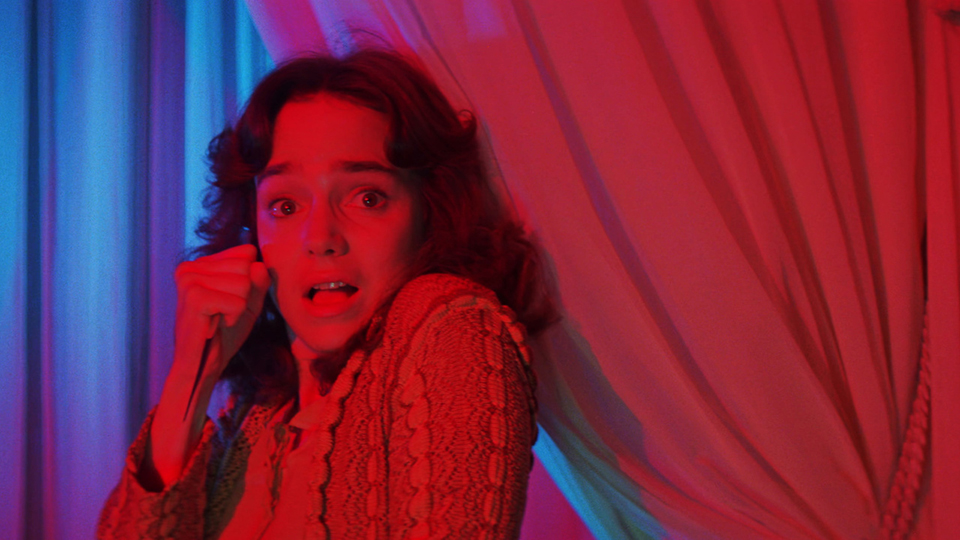
Suspiria (2018)
Horror is a film genre I find incredibly hard to rank. With all the subgenres it’s comprised of, there’s so much to appreciate. For my very favourite, and I considered a few that could take that spot, I’d have to go with a film I often revisit, both in my head and on my projector: Luca Guadagnino’s Suspiria. I love Dario Argento’s original work. Following my first viewing, I must have watched it four times in a row. It’s the reimagining of Luca Guadagnino’s that utilises the dancing so that it marries the witchcraft in a way that makes perfect sense. Although filmmakers don’t love hearing this, I was so grateful, as a moviegoer, to get to see Suspiria (2018) all alone in the theatre. For me, each breath and jump during the dancing was emphasised in such a haunting, concerning way. Though, of course, I would find my feelings for the dancing were nothing compared to the gruesomeness the dancing would conjure. The gaslighting that went on in the film, the way everything was so out in the open yet nothing that could necessarily be helped, the idea of destiny and purpose, the intermingling of femininity and horror, the perfect accompaniment of Thom Yorke’s score—what a gorgeous film.
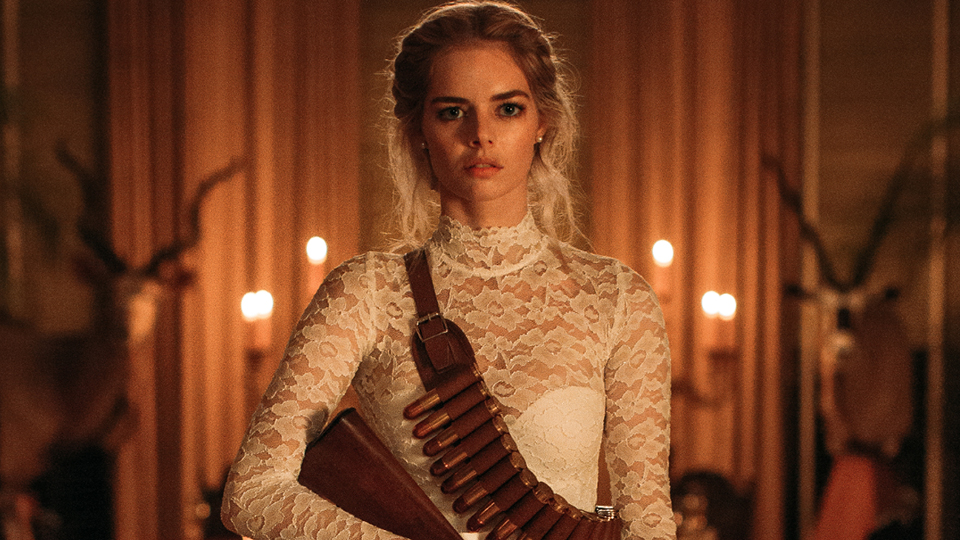
Ready or Not (2019)
I walked into Ready or Not with zero expectations. Horror is not a genre I naturally gravitate towards, yet the female lead and light-hearted tone piqued my interest. I walked out thoroughly amused and with a new favourite final girl. The image of a bloody drenched Samara Weaving smoking a cigarette in a ripped wedding dress must be one of the most iconic shots in recent horror history.
The characters are set up immediately. We have a couple on their wedding day, obviously from different backgrounds; Grace and Alex (played by Samara Weaving and Mark O’Brien). They are married on the grounds of his family mansion in front of a supporting cast of eccentric family members. Alex’s family have a centuries-old post-wedding ritual of playing games. He wants to run, but Grace doesn’t mind staying. What is the worst thing that could happen with a simple game of Hide and Seek? Well, it turns out an innocent game can end up very murderous when the rich want to honour tradition.
Ready or Not is one of the best dark comedy/horrors of recent memory. The script is the perfect mix of horror and comedy, never becoming demeaning to the genre or the characters. There is no waiting around, no lengthy explanations about mythology and background. We meet the characters, and the action happens straight away. Every step is logical, smoothly culminating in one of the funniest payoffs in modern horror.
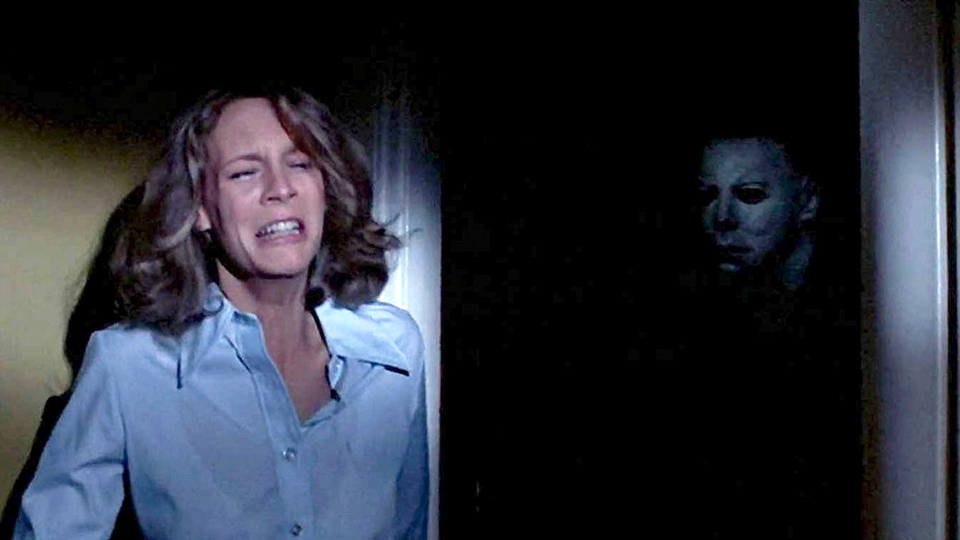
Halloween (1978)
John Carpenter’s Halloween (1978) is the most exquisitely frightening movie I have ever seen. The story of an escaped killer from a mental institution who stalks babysitters on Halloween night is only a crude description of the film’s plot. The film’s execution (no pun intended) is one of clinquant reticence and almost stubborn reluctance. Carpenter was clearly a study of Hitchcock, who famously once said that suspense isn’t in the bomb going off; it’s in the waiting for it to do so. Carpenter knows this and fleeces it for all it’s worth. Dean Cundey’s recherché scope, Steadicam photography is one of the undoubted oversights in Academy history, and Carpenter’s score exacerbates the atmospheric moodiness of the film in a trenchant, organic way. Faultless, indelible, and ceaselessly imitated to the point of plagiarism, Halloween is a landmark in film history.
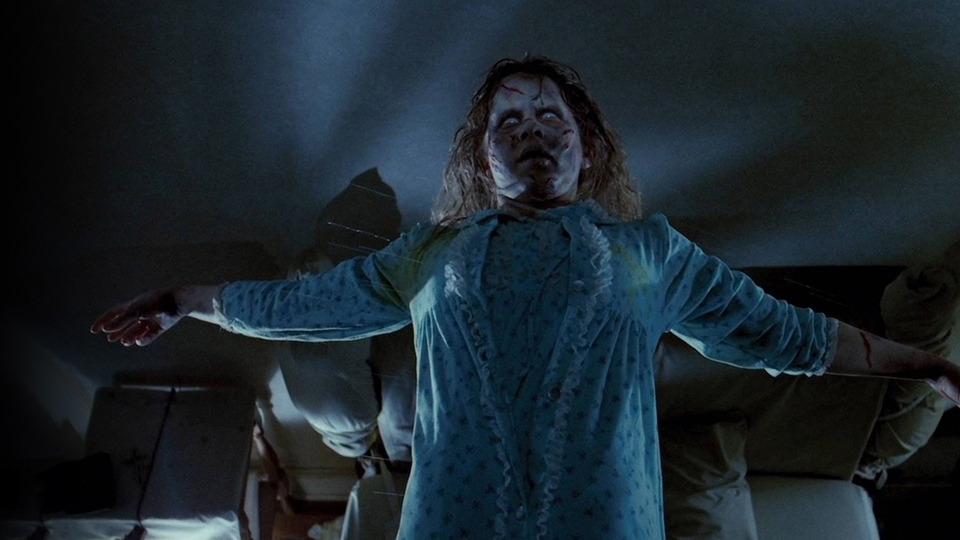
The Exorcist (1973)
Rightly proclaimed as the greatest horror film of all time: THE EXORCIST paved the way for what horror cinema has become. A bone-chilling reflection on faith and redemption immaculately crafted by Friedkin with slow-burning pace & deep character focus where the atmosphere is eerily immersive. The standard bearer for the genre.
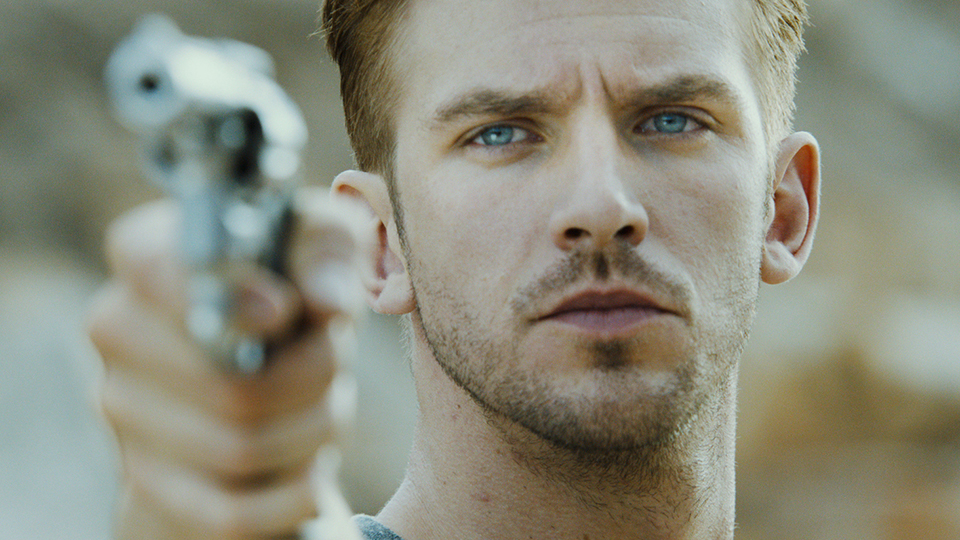
The Guest (2014)
My favourite horror film is THE GUEST, directed by Adam Wingard and written by Simon Barrett. It’s such a brilliantly directed and written film! The performances are truly stellar, led by Miaka Monroe and Dan Stevens. It’s straightforward in a sense, too, with the plot about a stranger not being who he says he is. YET it’s so much more than that and there are subtle clues that something is off with David, who Dan Stevens plays. THE FINALE IS WICKED FUN! Also, the soundtrack is STELLAR. I saw it at the world premiere at Sundance 2014, and I’ve been a fan ever since.
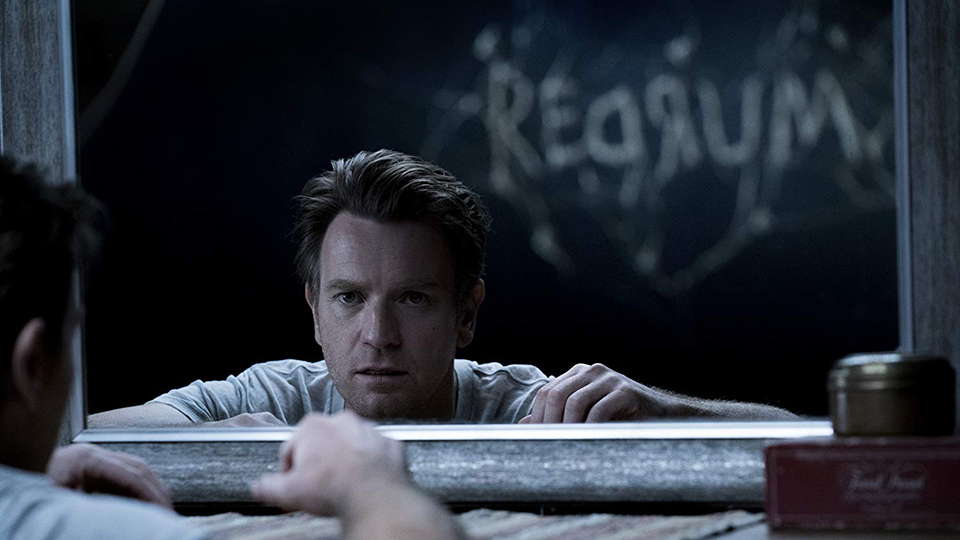
Doctor Sleep (2019)
My favourite horror movie is Mike Flanagan’s Doctor Sleep. The sequel to The Shining. I like The Shining, but I love Doctor Sleep. Ewan McGregor, Rebecca Ferguson, and Kyliegh Curran are all phenomenal. Curran is a young actress and goes toe to toe with all her co-stars. Her performance is one of my favourites. One of my favourite line deliveries with her is, “Try it.” So determined and strong. The soundtrack is chilling with a heartbeat creating suspense. It’s a very satisfying movie that delivers. I can’t get enough of it.
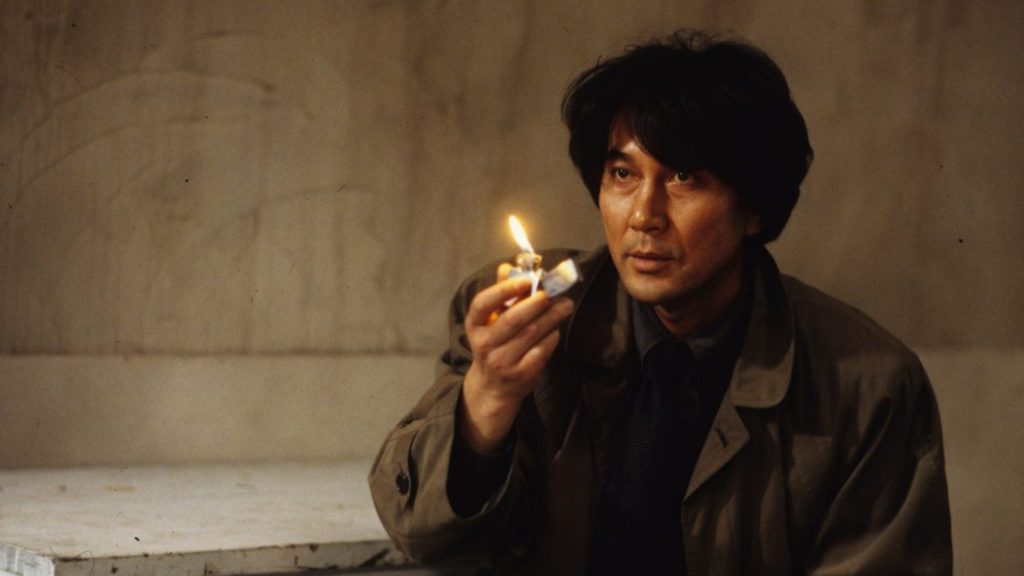
Cure (1997)
Kiyoshi Kurosawa’s 1997 opus, Cure, sits in that strange ethereal space between thriller and horror, and while difficult to pin down and define, it’s a film that’s haunted me since my first viewing. You won’t find any killer clowns, final girls, or jump scares in Kurosawa’s movie. Its approach is much more cerebral, getting its kicks out of weaponising the mundane and innocuous. No scene is safe from the gnawing, persistent and eventually all-encompassing dread that oozes from each frame. Cure focuses on an increasingly frustrated detective, Kenichi Takabe (Koji Yakusho), as he tries to find a connection between a series of shocking but seemingly unlinked murders. What may appear to be a standard crime procedural is quickly turned on its head, and the ever tactile and imaginative Kurosawa uses every trick in the book to bring his audience face to face with the chilling evil on screen. What’s more, like the best horror films before it, Cure’s impact is only truly revealed once the after credits have rolled; its existential examinations and cynicism worming their way into your brain until, like the film’s protagonist, you’re forced to inspect and analyse your findings again, and again, and again.
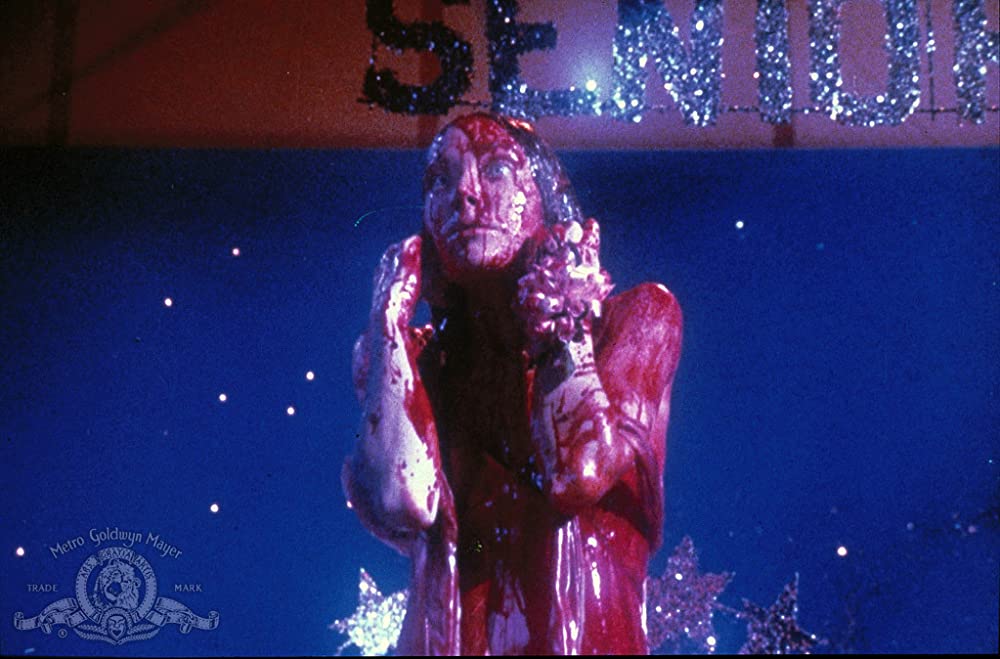
Carrie (1976)
Stephen King’s debut story grappled with themes of revenge, sexuality, femininity, sin and guilt, among a plethora of others. Brian De Palma’s beloved adaptation champions those themes and brings them to life in a visceral fashion. Part teenage tragedy, part supernatural horror, Carrie continues to captivate audiences even five decades later. Through its sympathetic protagonist, eerie music, and stellar cinematography and direction, the film gleans emotional resonance and fascination from its viewer. It draws us into its suspenseful, even inherently suspicious, atmosphere before clenching us in its grasp with one of the most iconic and horrific climaxes ever to grace a horror. Cinematically daring, compassionately written, and featuring two of the horror genre’s most celebrated performances in Sissy Spacek and Piper Laurie, Carrie remains one of the best King adaptations and one of the best horrors ever.
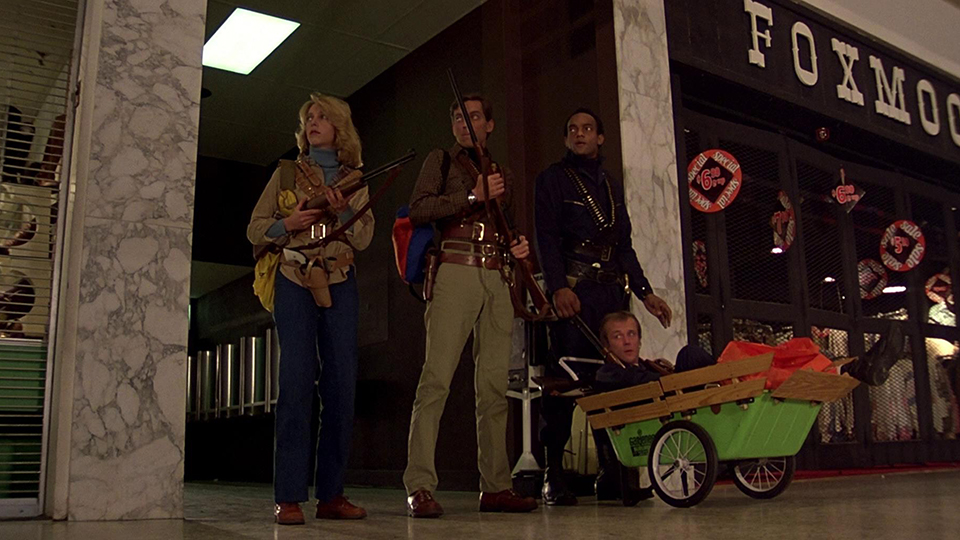
Dawn of The Dead (1978)
Dawn of the Dead is one of those horror movies that has a biting satire (some pun intended) when it comes to the jabs it throws at consumer culture. There’s something amazing about seeing a bunch of zombies slowly walk through a shopping mall. It has great writing from George Romero and is directed well by him and edited by him as well. In the performances from all the leads, you can feel the fear that they fear when it comes to the walking dead that is outside the mall at first and then you can feel their sense of being kings of the mall after all the zombies in the mall are killed, and they have free reign over the mall. The movie also has a great score from Italian progressive rock band Goblin and from the catalogue of public domain music that seems cheesy, but since it is a movie that takes place in a mall in 1978, it makes sense since the kind of Muzak was common in shopping malls and most retail stores in that era of America. Aside from the direction, writing and score, the movie has great gore effects thanks to Tom Savini, granted the makeup effects look bad since most of the zombies just look blue when you see them, and the blood is a pink colour which makes it look more like a comic book than a movie. I don’t mind it because he did do a great job with the gore effects because that’s the kind of person he is.
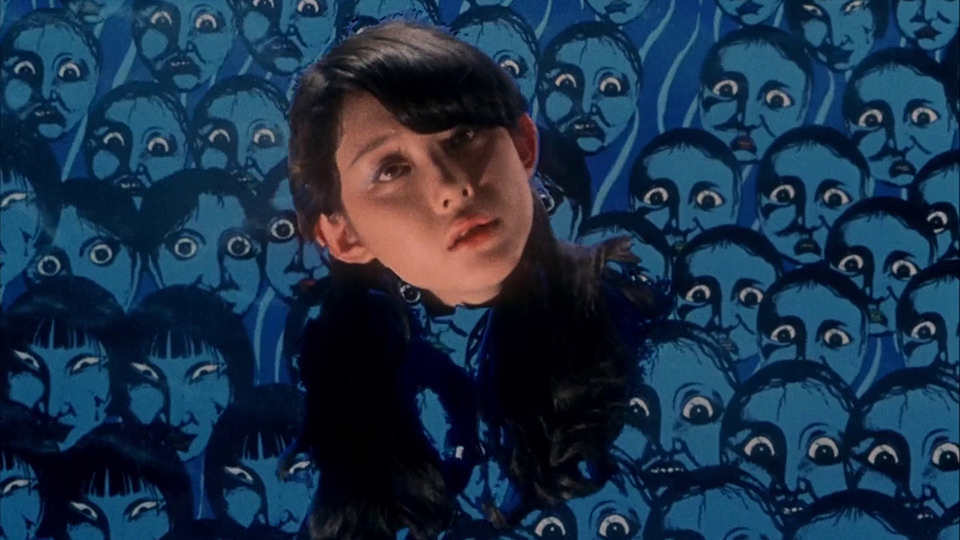
House (1977)
@dan_critic (thegoodsreviews.com)
It’s been argued by psychologists that the reason we love horror movies is to recreate the childhood sensation of experiencing fear of a dangerous world beyond our comprehension. If that’s true, it’s no wonder the 1977 movie House by Nobuhiko Obayashi is so evocative: Obayashi literally took notes from his daughter’s phobias and nightmares as he wrote the film. The cult masterpiece – unsurprisingly in the lineage of haunted house films – follows a group of schoolgirls who take a vacation in a house owned by one of the student’s widow aunt. One by one, the students fall prey to some of the most inventive and bizarre fates in cinema history. The film is essentially a vehicle for one delirious set piece after another, including a literal bloodbath finale. What elevates it into masterpiece territory is the undercurrent of Japanese post-nuclear trauma: The teen girls (fitting into and named after various Japanese film tropes) are carefree, unburdened, and sexually liberated, whereas their elders are still psychologically trapped in their post-war wounds. It balances the film’s whimsy with darkness and genuine grief. The movie often plays more like an ever-escalating absurdist comedy than anything else, but that’s my favourite kind of scary movie, and House is one of my favourites ever.
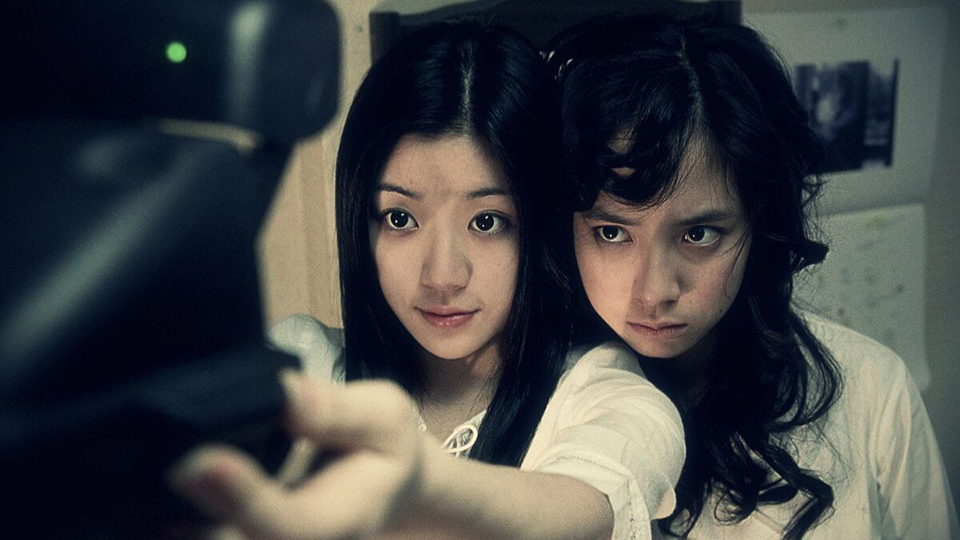
Wishing Stairs (2003)
The third entry in the renowned Whispering Corridors (Yeogo goedam) series from Korea is a regular watch come the spooky season, and yet I haven’t spent that much ink to praise it. Here’s an attempt to remedy that. Besides being a picture with great scares and a compelling plot, one about the many joys and even more woes when you wish upon the 29th step of an art college’s usually 28-step staircase, the film is notable for being a K-horror hit with a new female director and—as with other films in the series—one of the earliest & most direct commentaries on previously censored themes in Korea (to name a couple, an overly harsh education system and LGBTQ+ relationships). Pioneering and horrific: talk about a killer pairing.
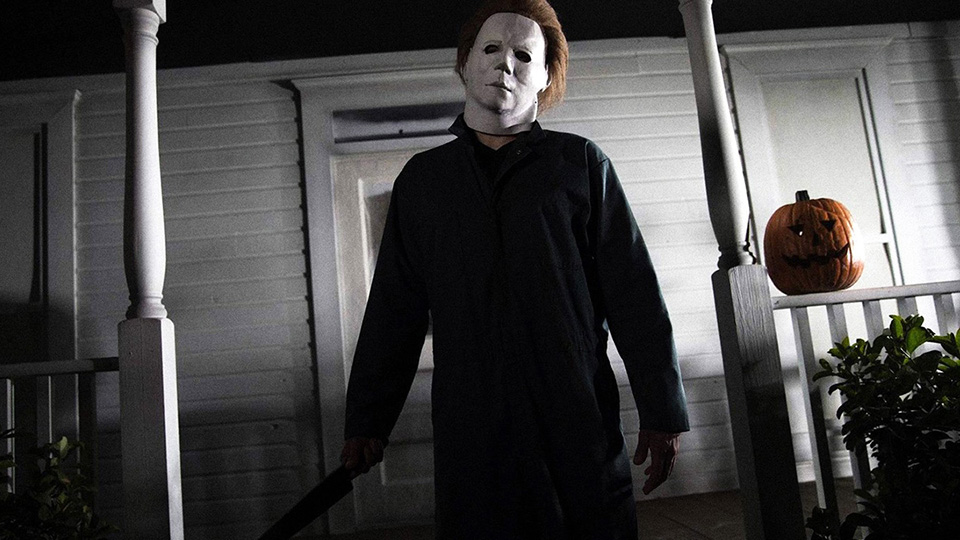
Halloween (1978)
There used to be a decent-sized HMV near where I lived in Hammersmith, London, and as a 14-year-old with no money, I would entertain myself by walking around looking at the film covers with my iPod shuffle playing a mixture of My Chemical Romance, Phantom of the Opera, and badly pirated versions of songs by The Killers.
I was blissfully ignorant of such a pivotal moment coming as I moved through the horror section past Final Destination, then The Grudge and finally seeing “the devil’s eyes” of Michael Myers.
Halloween, to me, is the benchmark for all horror films. I don’t care if you’re Sci-fi, elevated, psychological, or just want to spill buckets of blood. Everything post-Halloween is in debt to Halloween as far as I’m concerned.
The moment that music starts, I am transported back to that HMV. Looking into those black and soulless eyes.
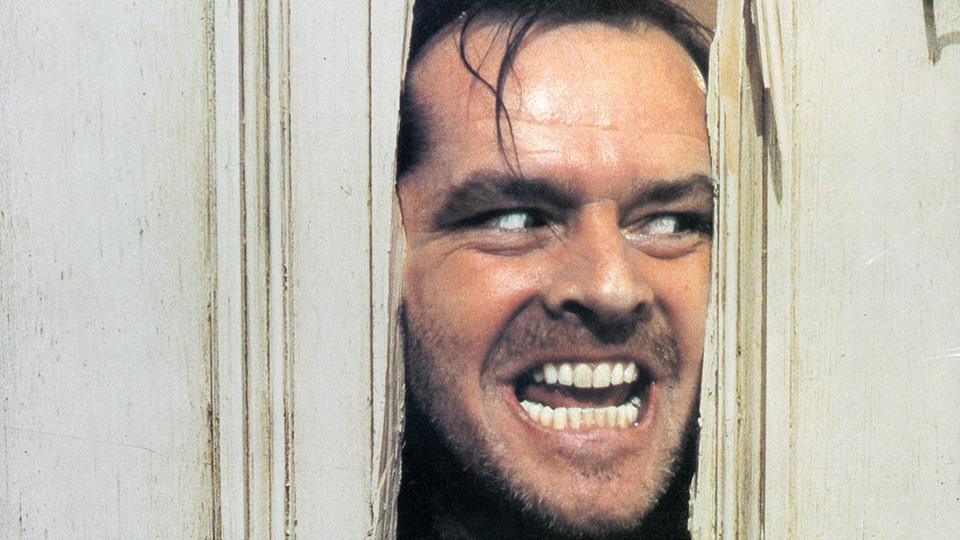
The Shining (1980)
Stanley Kubrick’s The Shining (1980) is my favourite horror film ever made and has become a tradition of mine to watch it every October before Halloween. My grandma (who is a huge horror buff) introduced me to The Shining when I was in middle school. This viewing sparked my interest in both the horror genre and Kubrick himself, who has become my favourite director. The Shining is a psychological horror film based on Stephen King’s 1977 novel. However, Kubrick steered away from many aspects of the book and crafted the picture into his own vision. The acting in the movie alone is top-notch. Actors Jack Nicholson, Shelley Duvall, Danny Lloyd, and Scatman Crothers bring their A-game. Especially Duvall, who gave us one of the hardest and most profound performances ever put on film. In addition to the well-crafted direction and acting; is the gorgeous cinematography by John Alcott (2001: A Space Odyssey and Barry Lyndon) and haunting score by composer Wendy Carlos (A Clockwork Orange and 1982’s Tron) and co-composer Rachel Elkind-Tourre. The Shining also made use of the newly developed Steadicam, which gave the film a sense of eeriness and claustrophobia. Not to mention the levels of ambiguities and symbolism this film offers, which I am still dissecting today. From the evil twins to the lady in the bathtub, this film will send chills down your spine. The Shining is not only a masterful film but also pure horror, full stop.
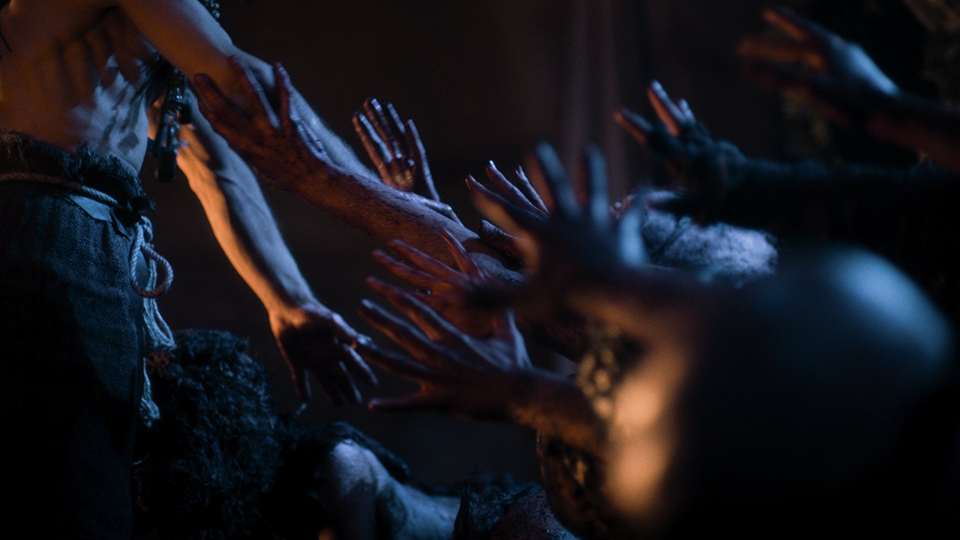
Baskin (2015)
Baskin is my favourite spooky season film. It’s a Turkish film that’s deeply atmospheric and is hellish descent into madness. Can Evernol blends all his inspirations to make something new and eerie, like an endless fever dream packed with stunning cinematography and some really awesome gory scenes highlighting the film’s use of practical effects. I really love how this film makes me feel with its surrealism and its ideas of hell and fear.
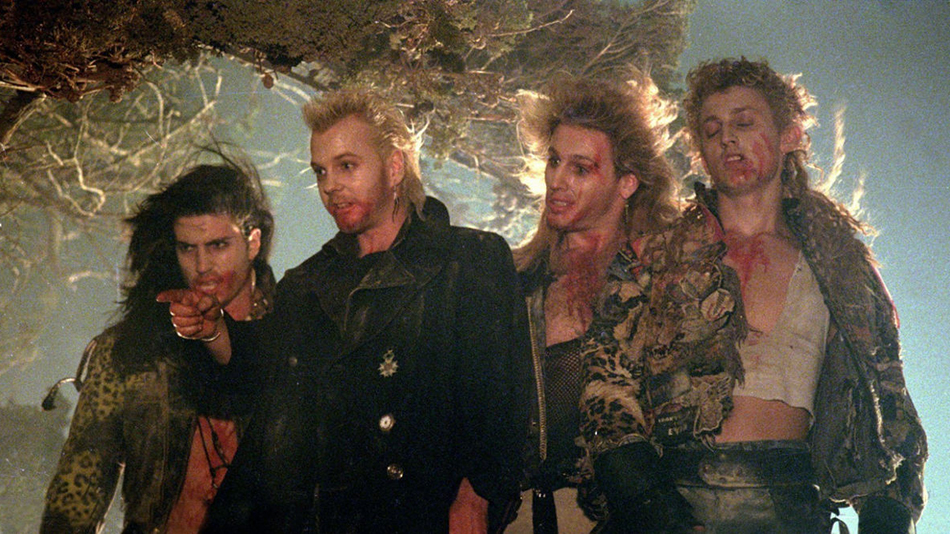
The Lost Boys (1987)
The Lost Boys is not only a criminally underrated vampire comedy horror but one of the best the genre has to offer. To today’s viewer, it’s undeniably cheesy and shamefully 80s, yet its great direction, performances and soundtrack make it a relevant staple camp horror.
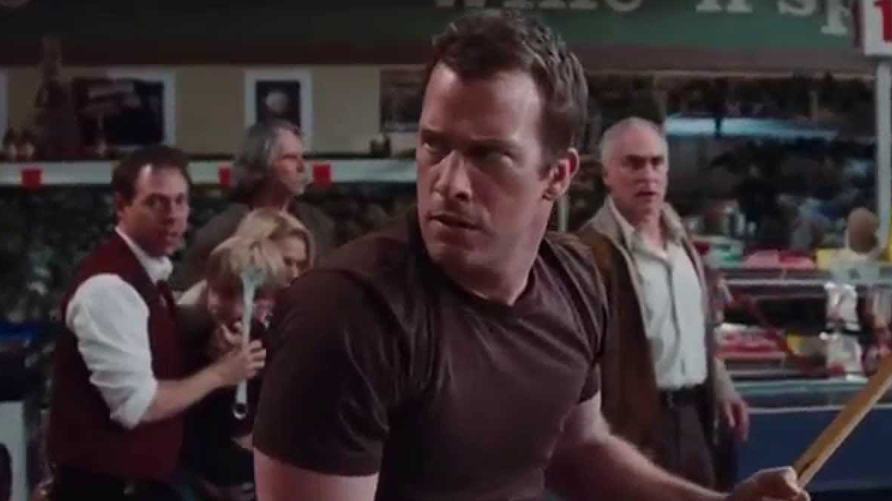
The Mist (2007)
The Mist remains a favourite horror film be ages despite the cosmic monsters. What is true is how people turn on each other. After seeing how people reacted during the pandemic, it’s only because more prescient. For me, it’s the horror of fear turning people against each other that I find so scary. Plus… you know, monsters.
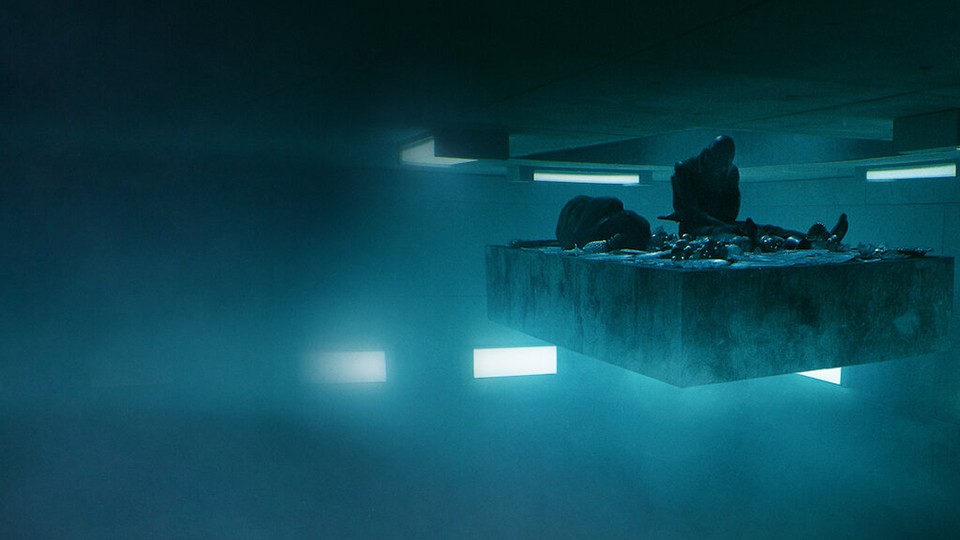
The Platform (2019)
More of a fable than an out-and-out horror, The Platform guides viewers on a descent into the deepest recesses of humanity – selfishness, inequality, gluttony, altruism; all are laid bare in Basque director Galder Gaztelu-Urrutia’s 2019 Netflix film. Think Cube meets Snowpiercer, The Platform swings for the fences with its concept, clearing the boundary with ease – in no small part due to the delightfully creepy and magnetic Trimagasi, played by Zorion Eguileor.
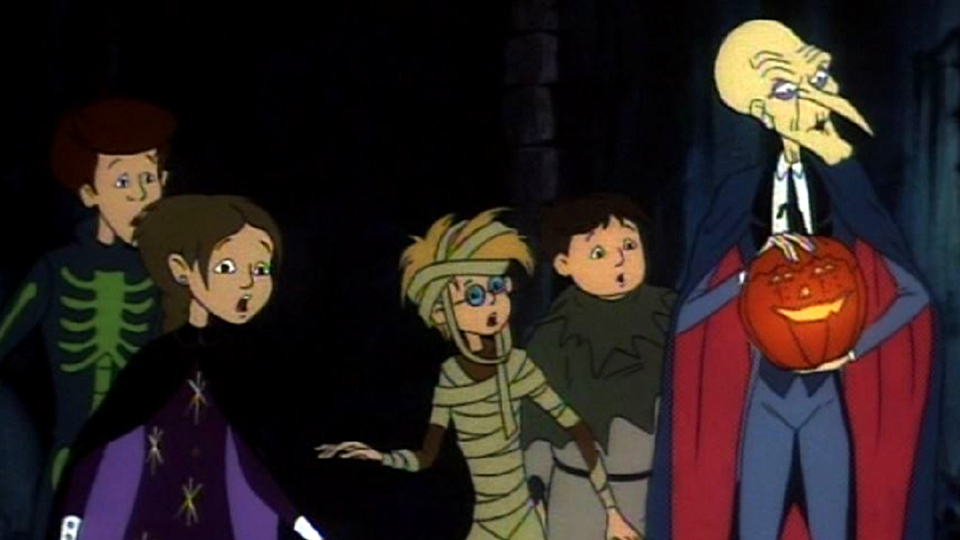
The Halloween Tree (1993)
Halloween Movies have always been a staple for me. Some people love the candy, some the parties, but movies I love because they create frights, and though I could talk about the classics for me like Fright Night or Trick R Treat, I wanted to go back to my childhood and talk The Halloween Tree. Based on a Ray Bradbury story, The Halloween Tree is a very simple story of a group of kids trying to rescue the soul of their friend but must travel (based on their costumes) to different time periods. This way they and we can learn a little bit about the traditions of the holiday in other countries. The Movies are both entertaining, nostalgic, and thought-provoking while also giving that great Halloween spirit. It’s a movie I love to watch because it just feels authentic and does things that actually make you love the holiday. It’s a little scary, but with no gore and has relatable characters. It’s one of my favourites for a reason, and the ending has a great moment of payoff that’s both touching and unsettling. It’s a great piece of Halloween fun.
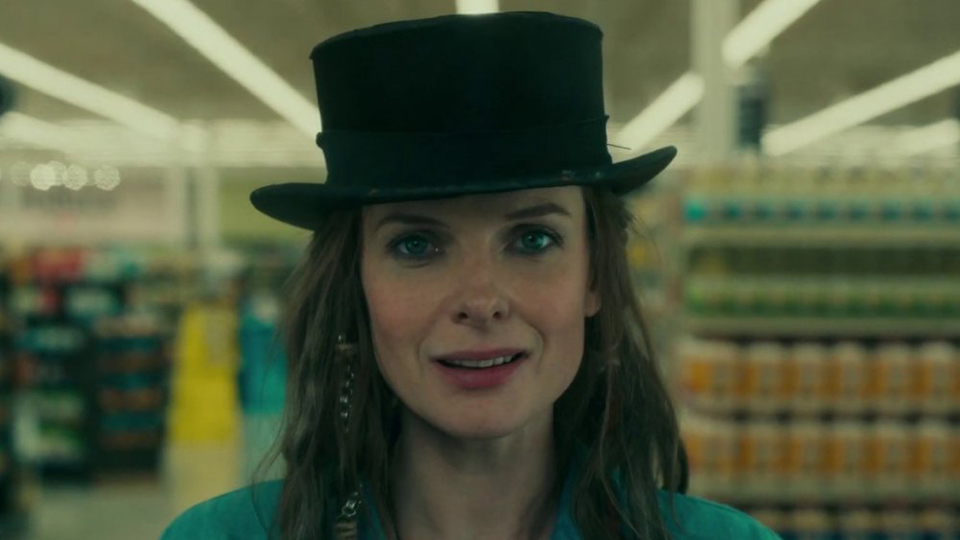
Doctor Sleep (2019)
How do you follow up a Stanley Kubrick film? How do you reconcile with childhood trauma? How do you blur the line between literary and cinematic faithfulness while still telling a deeply personal story? In this film by Mike Flanagan, audiences are taken on a slow journey of a young man’s redemption as he protects a powerful child from the threat of those who seek to feast on that power. Dan Torrance, as portrayed by Ewan McGregor, brilliantly depicts a deeply hurt man who successfully conquers his own demons as well as passing those coping mechanisms to a new generation. Doctor Sleep explores the real-life horrors of addiction and grief, as well as the complicated legacy of the horror classic we all know and love. And, of course, we all want to be stepped on by Rose the Hat.
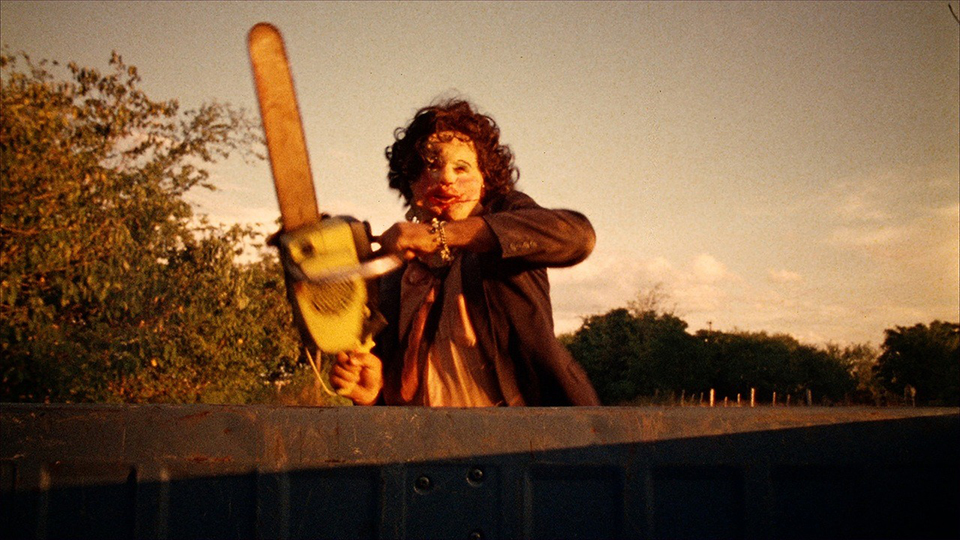
The Texas Chainsaw Massacre (1974)
The Texas Chainsaw Massacre. Just say that to yourself! But apart from the brilliant title of the film, Tobe Hooper’s horror masterpiece is my personal favourite of the genre for many reasons. A dark and depraved look into the worst of humanity and a truly gritty and dirty film that is almost documented by masterful filmmaking. The thing that scares me about this the most, though, is the realistic feel about it all and how humans are truly the most terrifying things that can be put across to the viewer in cinema. An idyllic summer afternoon drive that became a nightmare, The Texas Chainsaw Massacre is still, to this day, the greatest horror movie of all time!
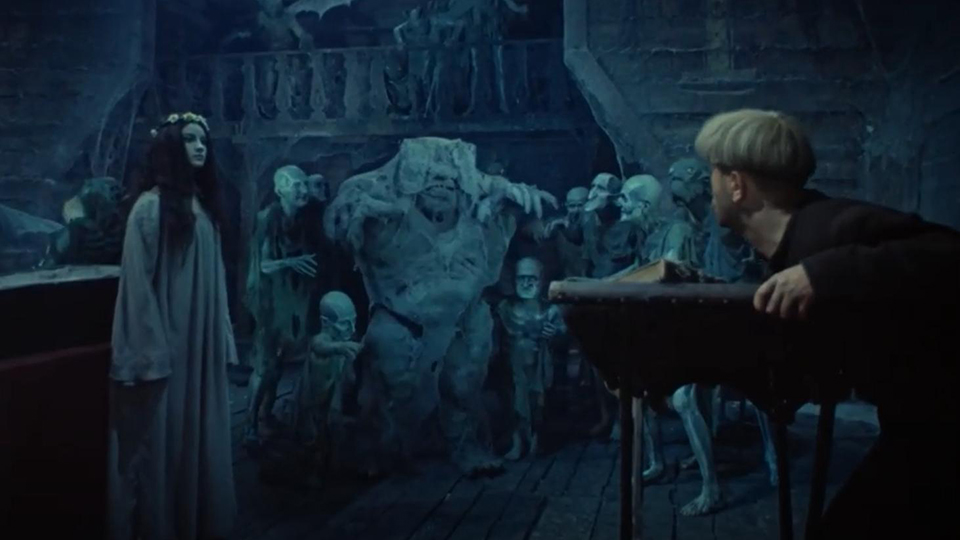
Viy (1967)
My choice is something you might have chosen randomly while wandering at your local video store back in the day. Its rather unassuming three-letter title may intrigue you or make you shrug and ask why not. That was my experience with 1967’s Viy, which happens to be on Shudder. Although I’m not sure what I expected of this Soviet-era movie, I can tell you the summary didn’t begin to cover it. The story of a young, inexperienced monk who happens to mess with the wrong peasant leads in directions I would’ve never thought. The incredibly creative practical effects share a lot of DNA with Hausu in tone, and I’d be lying if I said I wasn’t both totally onboard and a little creeped out.
Whether intentional or not, there is a dark humour to this that I really enjoyed. It managed to strike a balance of whimsy and terror, especially in the final 15 minutes, which I have returned to watch more than a few times. Don’t let the age of this one fool you. Viy is a devilishly fun time across the board for the spooky month.
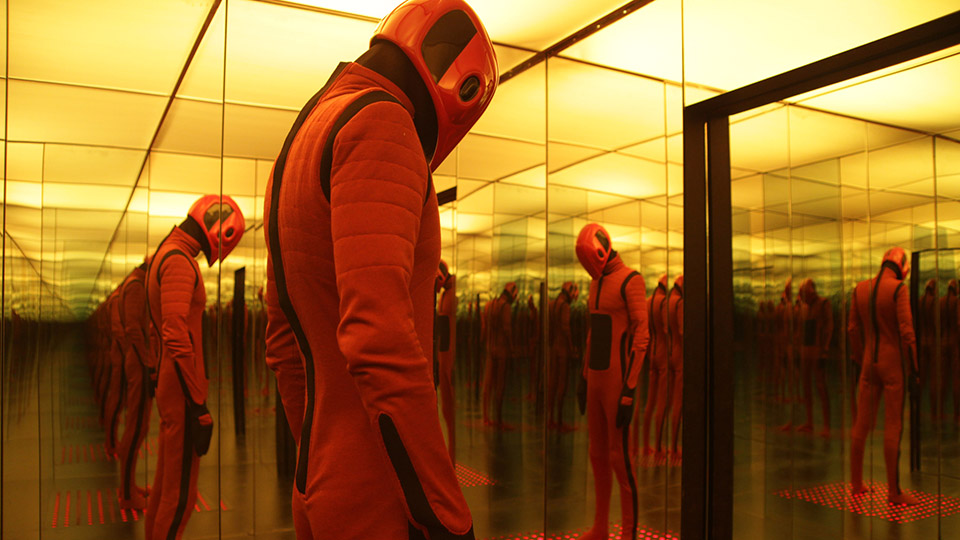
Beyond The Black Rainbow (2010)
Instead of talking about my favourite, I’m going to talk about a favourite; a recent one that managed to unsettle me and that’s 2010’s Beyond the Black Rainbow. Directed by Panos Cosmatos (from Mandy), the film follows a doctor performing strange experiments on unsuspecting patients back in the 80s. But beyond the plot, what Cosmatos does is use a wide variety of sensory stimulations to create an atmosphere of uneasiness, uncomfortability, and dread. His clever use of colours and sterile aesthetics, along with a very appropriate set design, a hypnotic 80s-synth score, and some unique directorial choices, certainly make this film one that will stick with you afterwards. Certainly, a must-watch for anyone that enjoys a good “mindf**k” film.
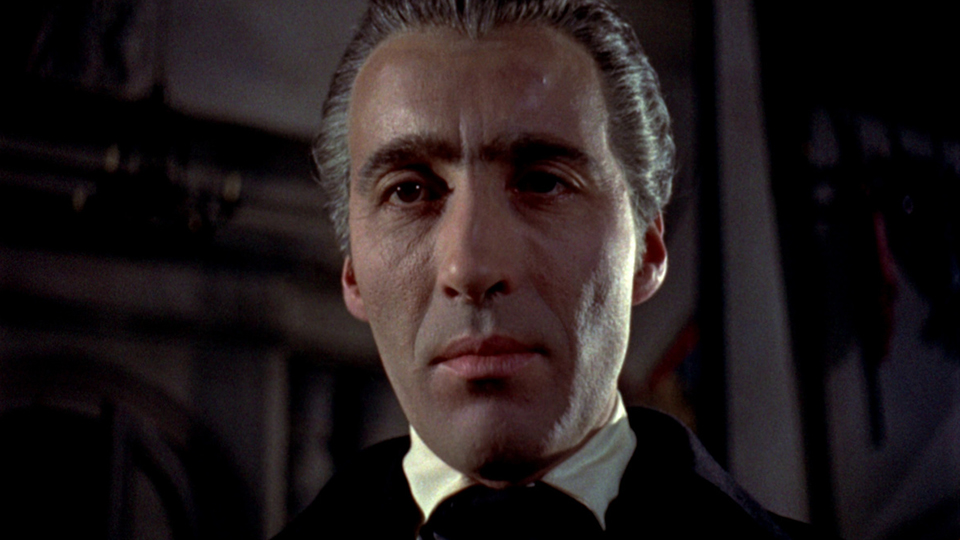
Dracula (1958)
Following on from the huge box office success of The Curse of Frankenstein, which revitalised an ailing horror genre in the late 50s, Hammer Film Productions quickly turned to another horror icon for its next movie venture. Costing around £81,000, Dracula cemented the studio’s in-house style for their own brand of horror films, subsequently known as ‘Hammer Horror’, and cinematically reinvented Bram Stoker’s titular vampire thanks to a blood-curdling performance by Christopher Lee. From a modern perspective, it would be simple to laugh at the film’s ham-fisted sensibility. Lee gnashes his blood-smitten fangs gleefully in close-up; Peter Cushing as Doctor Van Helsing acts sternly but heroically; John Van Eyssen as Jonathan Harker reacts with eye-widened shock at everything, and James Bernard’s score is pure melodrama with an opening fanfare that honks and quacks like a primary school band playing ‘The Star Spangled Banner’. But this naïve reading is a disservice as within Dracula’s cheapness lies a hidden mastery in both Terence Fisher’s directing and Jimmy Sangster’s tight script. By offering a streamlined version of Stoker’s tale, it allows the central binary of good vs evil interwoven in the original source to come to the forefront. This is storytelling at its most economical and even if it lacks cattle-prodded jump scares by contemporary standards, it still packs plenty in its red-blooded bite.
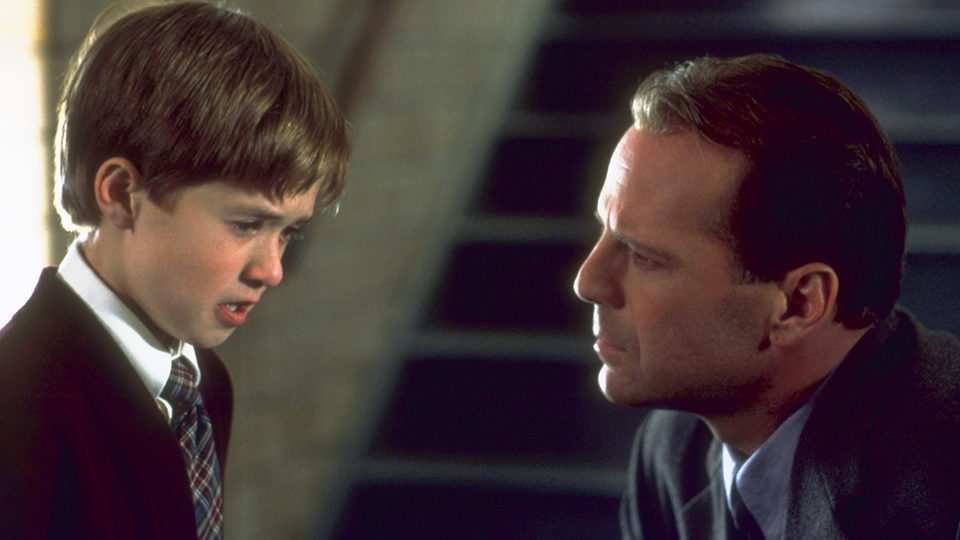
The Sixth Sense (1999)
I first saw M. Night Shyamalan’s The Sixth Sense when it was released in the UK on 6 November 1999 – three months after it opened in the United States. This was a pre-digital age – and the film’s now iconic twist-ending remained unruined (something that would never ever happen now).
The Sixth Sense is not just a great horror film – it’s also a terrific drama. Shymalan’s screenplay is flawless – it’s filled with rich characterisation, heartfelt moments as well as several well-placed scares. James Newton Howard’s astute score is haunting, and Tak Fujimoto’s cinematography is beautifully bleak. Meanwhile, the performances featured in The Sixth Sense are uniformly excellent. The young Haley Joel Osment’s Cole Sear is phenomenal, Toni Collette (as his mother) is flawless, and Bruce Willis has never been better. The Sixth Sense is genre cinema at its best.
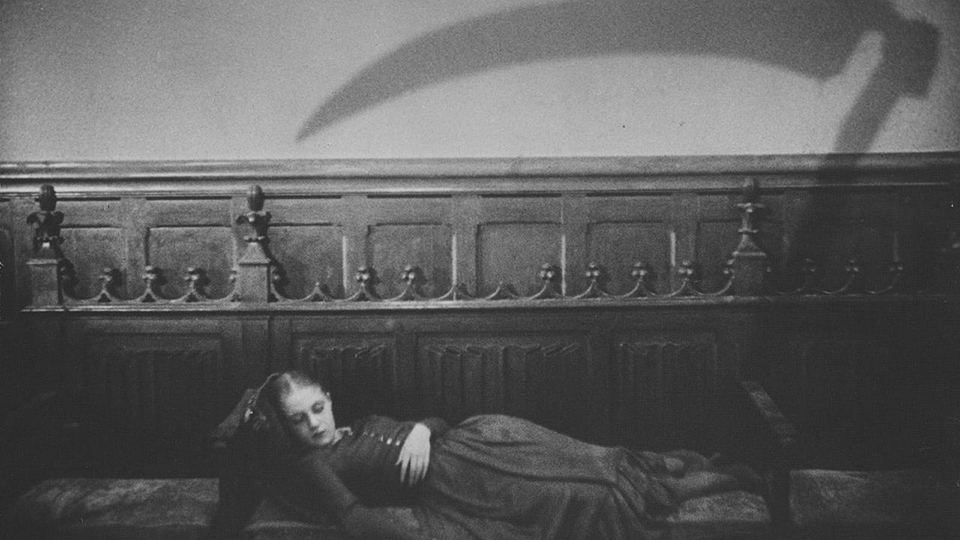
Vampyr (1932)
Dreyer’s Vampyr, his first film following his iconic take on the Joan of Arc myth, provides a perfect counterpoint to a tale about the faith of a martyr, showcasing a masterfully hellish vision of the vampire myth. Released only one year after Bela Lugosi brilliantly yet unfortunately doomed the vampire sub-genre to campy stereotyping, Dreyer made one of the most visually striking films of the black and white era, a startlingly original and haunting portrayal of corrupting evil. A favourite of suspense maestro Alfred Hitchcock and could be the greatest vampire tale in cinema (unless someone cares to make an argument for Dracula: Dead and Loving It of course).
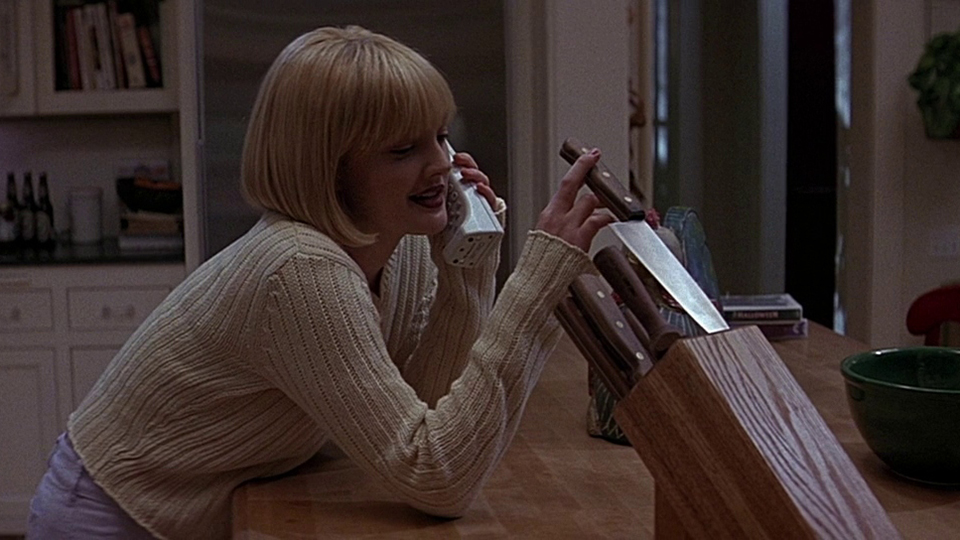
Scream (1996)
“What’s your favourite scary movie?”
To this day, the iconic opening sequence of Wes Craven’s Scream, which sees the film’s biggest star in, Drew Barrymore, killed off in such brutal fashion, still manages to shock me as if I’m watching it for the first time. It’s a great way to start a film, and right through to its final scene, Craven revels in delivering one of the finest slasher movies of all time in which someone takes their love of horror movies a step too far. The ability to create a sense of sheer terror as well as brilliantly satirising a genre in which Craven himself excelled is nothing short of genius. Not to mention the birth of another famous scream queen in Neve Campbell, whose Sidney Prescott is stalked by Ghostface, who must go down as one of the great villains of horror. An absolute must for any Halloween watchlist, no matter how many times I’ve seen it before. The sequels it spawned aren’t bad either, yet none of them gets close to the quality of this one.
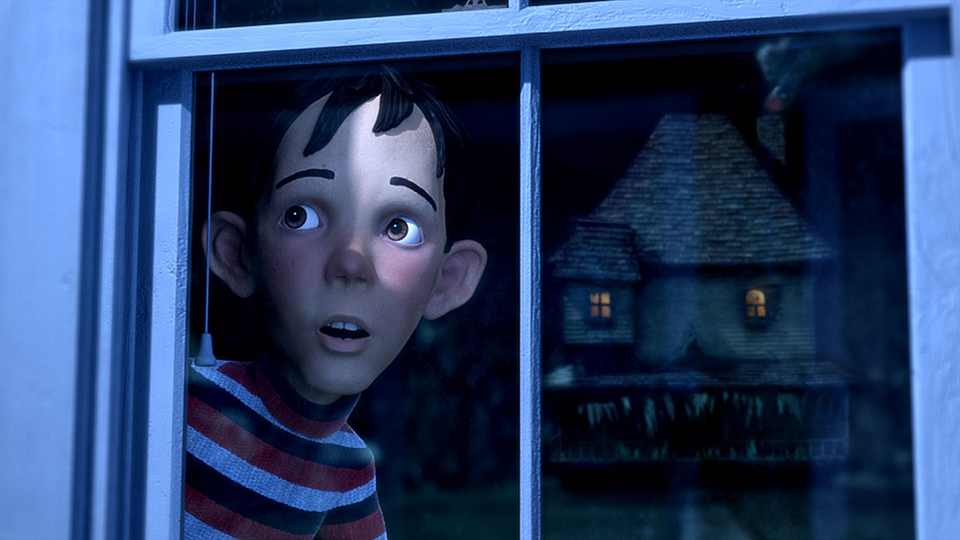
Monster House (2006)
If you ever watched Monster House as a child, you’ll forgive me for thinking it deserves to be included among some of the spookiest horror films on this list. In Monster House, D.J., Chowder, and Jenny discover the house across the street, occupied by a creepy old man, is sentient, and not only that, it’s hungry for children. The strength of films like Monster House comes from the fact that it blends a few different genres. It has comedy elements and has an interesting mystery at the heart of it. On top of that, it’s terrifying. Whether it’s the personal space invading Mr Nebbercracker or a literal anthropomorphic house chasing you across town, there is some spooky imagery. The sequence where the children venture inside the house is tension-filled and endlessly creative. Having the light fitting being the house’s uvula is a chillingly cool touch. The animation might not live up to other tentpole studios, but it has a stop-motion feel to it even though it’s computer generated, which adds to the uneasiness of it. Monster House also explores its themes eloquently, teaching a lesson about prejudice and not judging a book by its cover. Even if Monster House is considered a children’s film and might not prove as terrifying as films like Sinister and Hereditary, it’s still a perfect film to watch in preparation for All Hallows’ Eve.
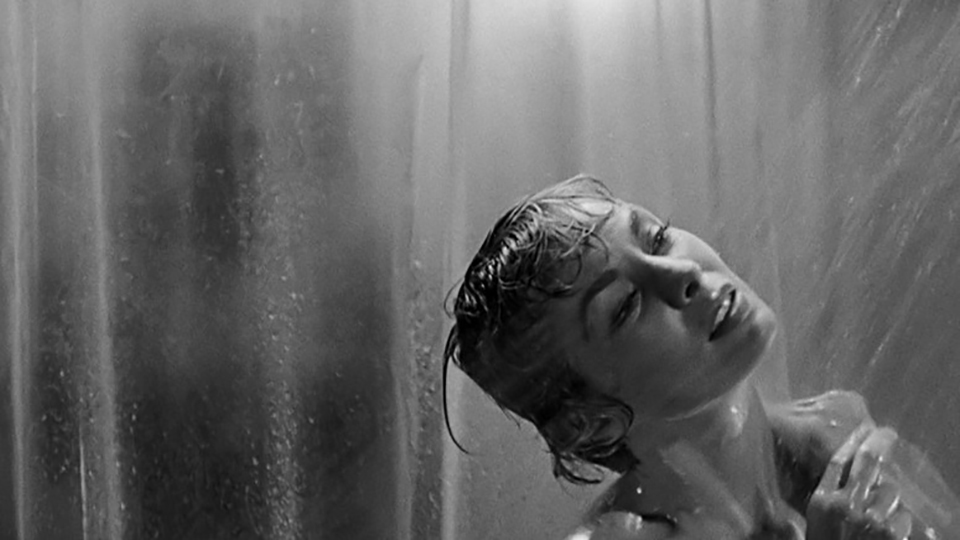
Psycho (1960)
I was about 12 years old when I first saw Psycho. Old-fashioned horror films never really scared me, but there was something subversive about Hitchcock’s masterpiece that shook me to my core. It’s one of those films where everything just works perfectly together – Bernard Herrman’s jarring score is instantly unsettling, and the black and white cinematography, coupled with the uncharacteristically natural performances from the cast, grounds the film in a realism that makes it still feel fresh and vital today. The shower scene is still shocking today and is rightly lauded as possibly the most influential film scene of all time, but for me, the murder of the private eye is even more terrifying. What’s even more disturbing as an adult is Anthony Perkins’ remarkable performance as the mild-mannered and instantly likeable Norman Bates. Other directors have since played with the idea of something sinister lurking beneath the surface of an idyllic suburban setting, but Hitchcock laid the groundwork here, forcing the audience to sympathise with Norman even as his actions get creepier and creepier. Not only my favourite horror film, but Psycho is also the best Hitchcock film, full stop.
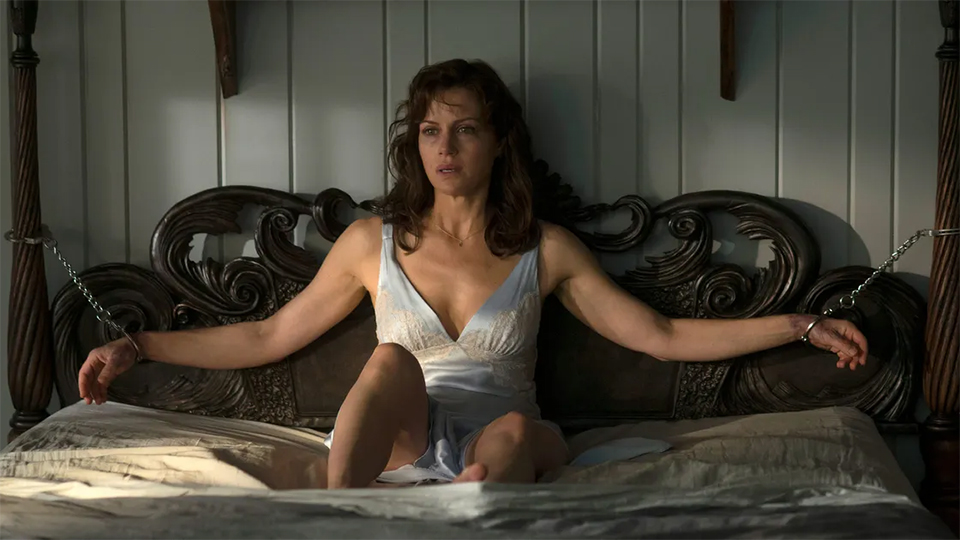
Gerald’s Game (2017)
A meticulous mix of melodrama, dread and a horrifying touch of violent viscera, Gerald’s Game is, at its core, a very human story about desperation, trauma, and most importantly, liberation. Mike Flanagan, already a master of his craft by this point, squeezes every last drop of tension and humanity from the already-terrifying but devilishly simple premise of this secluded weekend away gone wrong. Starring Carla Gugino in a career-defining performance, Gerald’s Game remains my go-to horror film year after year. You can read my full thoughts here.
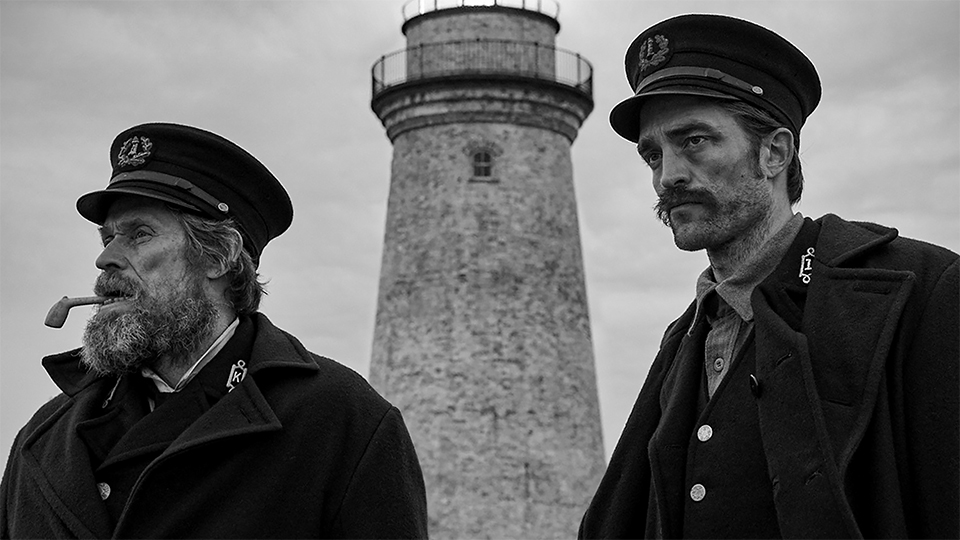
The Lighthouse (2019)
After much pondering, I’ve picked The Lighthouse as my favourite horror film. Why? Because it creates a sense of genuine uneasiness rarely found in horror films due to the expert auteur, Robert Eggers. From the very start, the 1.19:1 aspect ratio and black and white filming reels you straight in. From then on, you find yourself immersed in these two men’s descent into madness, made all the more engaging through the powerhouse performances Pattinson and Dafoe give. The cinematography is astoundingly beautiful yet deeply haunting. What you’ve just seen will play on your mind long after the credits draw to a close—a true atmospheric horror masterpiece. Read my full review here.
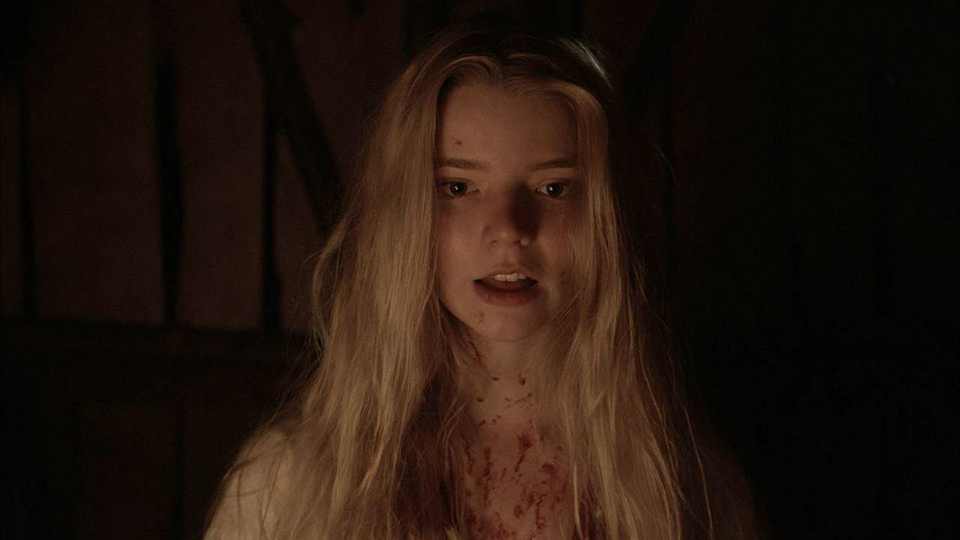
The Witch (2015)
Undoubtedly my favourite horror to release in my lifetime. The Witch, for me, truly is without peer—a distinctly grounded and atmospheric folk horror that surely ranks as one of the all-time great first features. Robert Eggers and his collaborators, such as DoP Jarin Blaschke, are able to create such an earthy and tangible world that witchcraft has honestly never felt so real nor so terrifying.
Its real strength, for me, is how it seeks not just to scare in the conventional sense but also to get under your skin and slowly seduce you. It’s a film that plays not just on our anxieties and fears but our wants and desires—dreams of breaking free from your family, getting away from the societal structures controlling your life, and living deliciously. So when Eggers builds it to that devilish conclusion inside that candle-lit shed, I realise I, too, want to sign that damn book and taste some butter.



